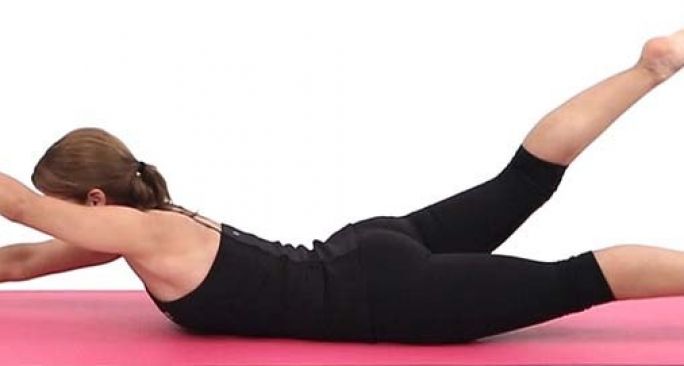The Best Way To Strengthen Your Core
Client: “Coach Rachel, why don’t we ever do ab exercises?”
Me: “We’re doing ‘ab’ exercises every time we squat, swing, press, deadlift, pull-up, and plank…”
But you’ll never see a sit-up or crunch in the training sessions I lead, and here’s why: Every time you do a sit-up (spinal flexion), it’s like someone parking a motorcycle on your body. It creates 750 pounds of compression force on the spine. Sound good? Think of a steel beam that supports a building. It’s meant to stand straight and bare load. You would never expect it to bend, twist, and still carry load; but that’s exactly what our spines do! They bend, twist, allow our lungs to fill with air, dance, jump, run, play—but we still have to protect them. Your “support beam” is incredibly important.
The Benefits of Rotation & Anti-Rotation
One of the world’s leading spinal experts, Dr. McGill, has spent three decades studying spinal biomechanics at the University of Waterloo in Canada, and he is on a crusade to end crunches. His three favorite core exercises are side-plank, bird-dog, and stir-the-pot. McGill preaches that the best way to train your core is with your spine in neutral, using various forms of planking or movements that use rotation or resist rotation (called “anti-rotation”) to build strength.
Planks are so great because they recruit the most amount of ab muscles at the same time. And that’s just how life works. Natural, everyday activities require our muscles to work together and fire simultaneously. So, one of the best things you can do to prepare for life and prevent back injuries is to stop crunching and start planking. You can also try planks with leg lifts, suspended rollouts, or tucks. All three require spinal stabilization, strength, and endurance.






